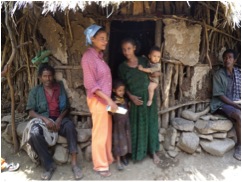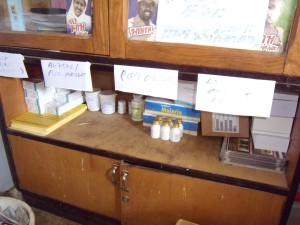QUESTION:
I just want to find out what can cause malaria to be untreatable because have been injected (13) times and no changes. What can cause it, and i need a drug name that can take care it.
ANSWER:
Treatment for malaria is very rarely in the form of an injection, so I suspect you are not being treated appropriately. Malaria is caused by being bitten by a mosquito infected with parasites called Plasmodium, which enter your blood stream as the mosquito drinks your blood. If you have the symptoms of malaria, and live in an area where malaria is found, it is very important that you get diagnosed before you are treated. Many other diseases have similar symptoms to malaria, and so unless you know for sure what disease you have, you might not get the correct medication. Moreover, some forms of malaria require different drugs to others, which is another reason why accurate diagnosis is crucial. You can find more information here on Malaria Prevention and Treatment. If you have or suspect you have a malaria, you should consult your physician.


